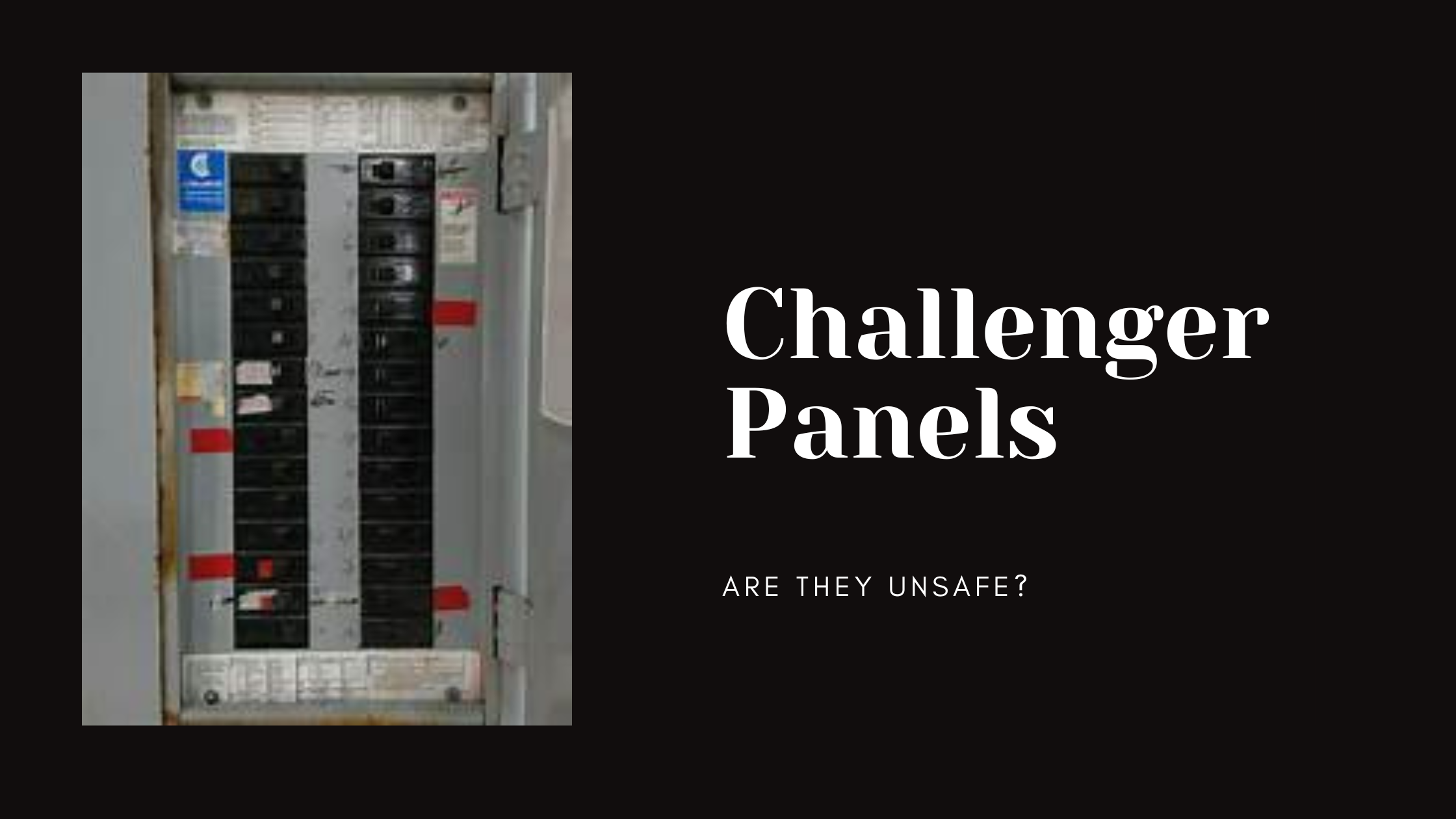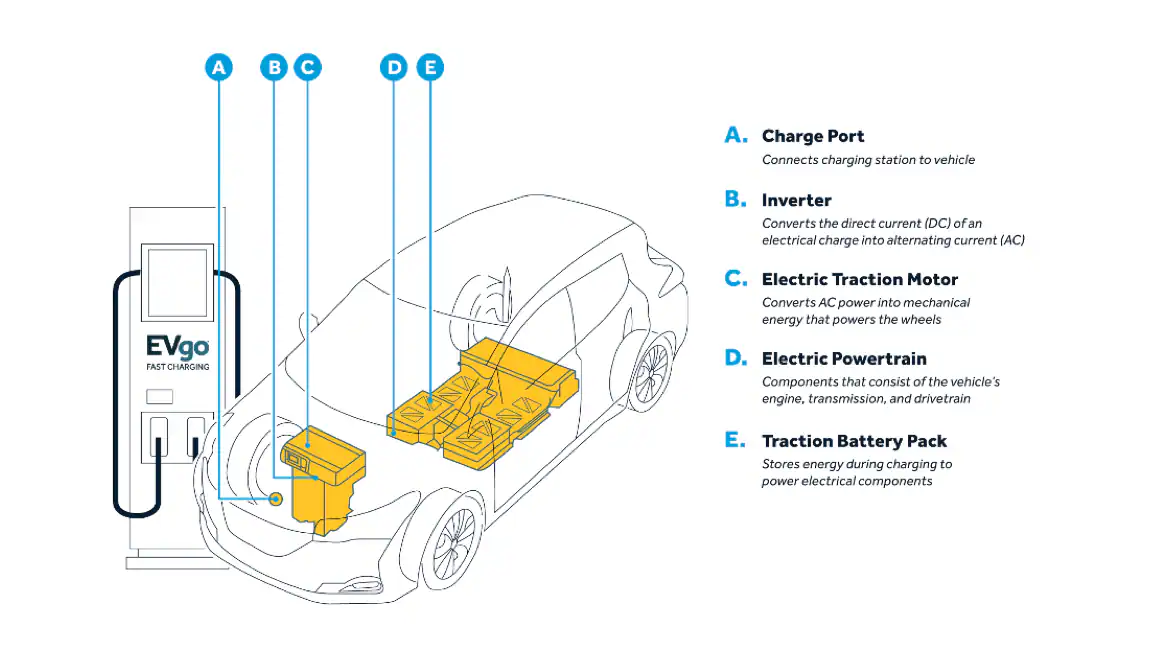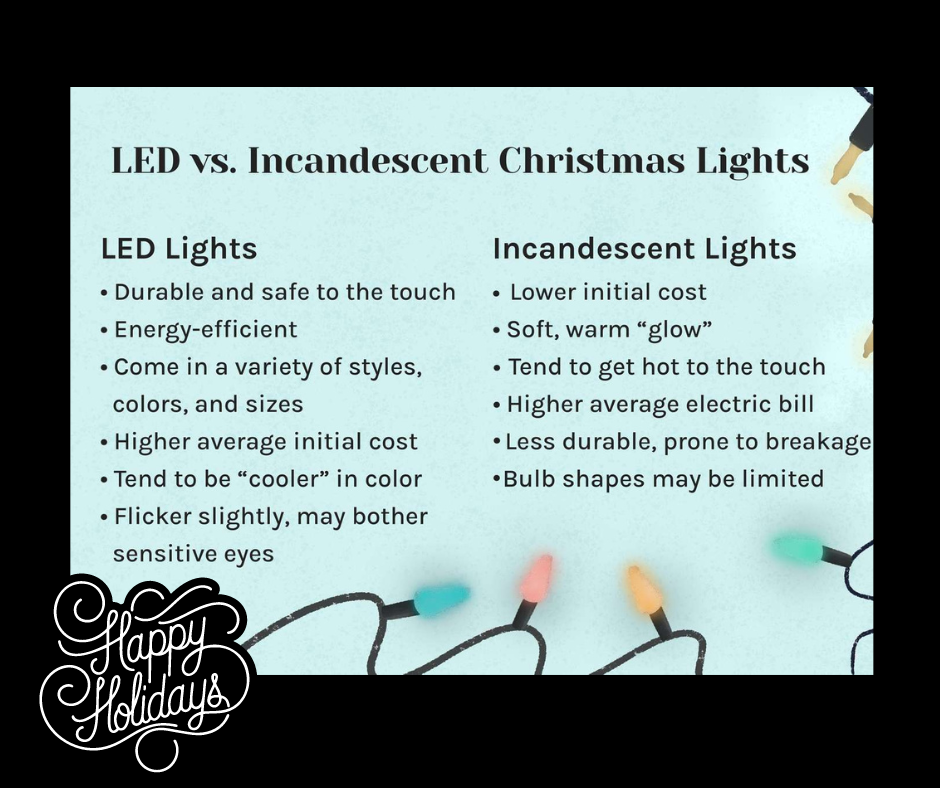Electric vehicles (EVs) are reshaping the future of transportation with their efficiency, environmental benefits, and innovative technology. But how do they actually work? Let’s break it down into simple terms.
Which Challenger Panels are Unsafe?
- Costs, Panel Replacement
- |
- October 26, 2024

When it comes to home safety, electrical panels are a critical component that often doesn’t get much attention. However, if your home has an older electrical panel, it’s important to know whether it could pose any potential risks. One such panel that has gained attention for safety concerns is the Challenger electrical panel.
In this post, we’ll dive into the safety issues associated with certain Challenger panels and what you should do if you find one in your home.
The History of Challenger Electrical Panels
Challenger electrical panels were installed in many homes throughout the 1980s and 1990s. They were widely used because of their affordability and availability. However, over time, these panels became notorious for a number of electrical issues that could lead to unsafe conditions, including overheating and even fire risks.
While not every Challenger panel is unsafe, certain models and breakers within the Challenger series are known to have serious defects.
Why Are Some Challenger Panels Unsafe?
The main issue with unsafe Challenger panels lies in the breakers. In certain models, the breakers have been reported to fail to trip when overloaded. Normally, a breaker "trips" or shuts off when there’s too much current flowing through the circuit, which helps to prevent overheating and fires. However, when a breaker fails to trip, it can result in overheating, leading to electrical fires.
Other reported problems include faulty connections and loose bus bars (the part of the panel that distributes power to the breakers), which also contribute to overheating risks.
Identifying a Problematic Challenger Panel
If you live in a home that was built or had its electrical system updated between the 1980s and mid-1990s, you may have a Challenger panel. Here’s how you can identify it:
- Look at your electrical panel and see if there’s a label with the Challenger name or logo. Challenger breakers are also marked with the brand.
- If your panel has a label with Zinsco or GTE-Sylvania branding, this may also indicate a risk, as Challenger panels were often manufactured or associated with these brands.
The Risks of Keeping an Outdated Challenger Panel
Homeowners with older Challenger panels face several risks. The most significant is the potential for a breaker not to trip when it should, increasing the chance of electrical fires. In fact, some insurance companies may deny coverage or require replacement of the panel before offering a policy due to these safety risks.
In addition, outdated Challenger panels are less efficient than modern panels. If you’ve upgraded your home’s electrical appliances or added more devices, these older panels may not be able to handle the increased electrical load properly, which can lead to further safety concerns.
What Should You Do if You Have a Challenger Panel?
If you suspect that your home has a Challenger panel, it’s crucial to take action:
-
Schedule an Inspection – Contact a licensed electrician to perform an inspection of your panel. They can determine whether your Challenger panel is among the unsafe models and evaluate its overall condition.
-
Consider Replacement – If your panel is identified as a potential fire hazard, replacement is the safest option. Modern electrical panels are designed to handle higher loads and are far more reliable.
-
Consult with Your Insurance Company – Some insurance companies may require the replacement of a Challenger panel before continuing or offering coverage. It’s a good idea to check with your provider to see what their policy is regarding older electrical panels.
Conclusion: Don’t Take Chances with Electrical Safety
Electrical panels are the heart of your home’s power system, and while they may not be something you think about often, they’re vital to your safety. If your home has a Challenger electrical panel, it’s essential to be proactive. Contact a licensed electrician to evaluate your panel, and if needed, replace it with a safer, modern option. Your home’s electrical system is one area where it pays to be cautious and make the necessary upgrades to ensure the safety of your household.
By staying informed and taking action, you can protect your home from potential electrical hazards and enjoy peace of mind knowing your system is up to date.
From the blog


Smart home electrical services
Electric Panel Upgrade Tax Credit: How Florida Homeowners Can Save with Professional Help
If you’re a Florida homeowner considering upgrades to your home’s electrical system, now is a fantastic time to make the leap, thanks to a new tax credit designed to promote safer and more energy-efficient homes. Through the ...

